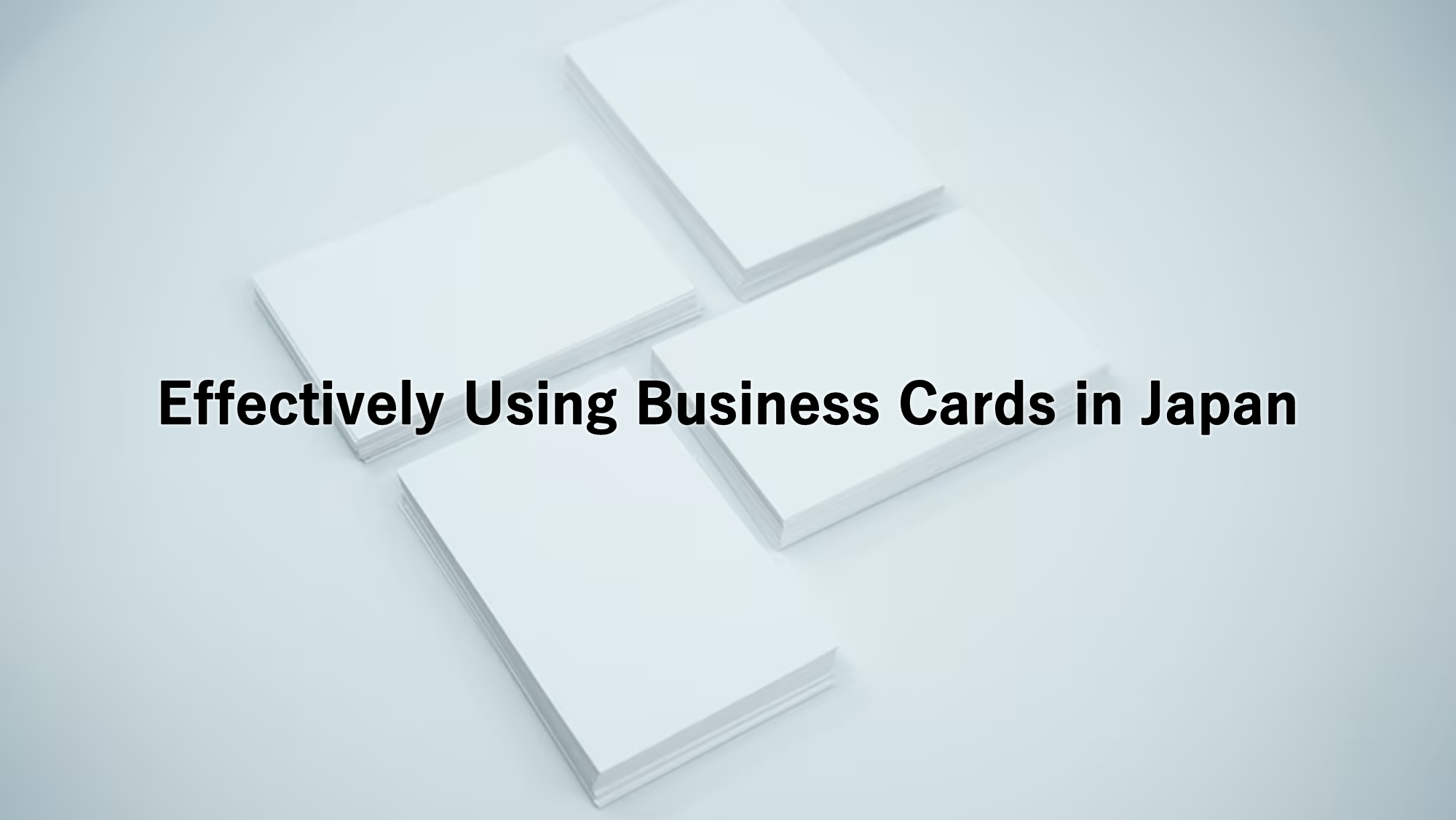How to take an idea and start a business
So you have an idea…what next??
Sometimes as we go about our day to day lives we may see something that makes us think, “I am sure there is a better way of doing this”.
Or we may have just returned from an overseas trip and experienced a product or service that that so amazing that we want to introduce it to our home country.
The next step is Idea validation – the process of how we prove that people actually want this product or service that we’re thinking about.
If no one else is interested in your product, its better you find this out earlier rather than later.
Define the problem that you will solve?
Is it helping time poor families who want to eat healthy but don’t have the time to shop and think about what to cook at night? (Hello Fresh, Marley Spoon – both Australian examples that address this problem).
- What is the problem?
- Who will it help?
- Is the problem being solved now? Is there a better way to solve it?
- How can you solve it in the cheapest and fastest way possible?
The reason for the last point, is we need to get the product/service out to market and test it with customers as soon as possible in order to determine the future of the product.
We then test the idea using the Minimum Viable Product development technique.
This is where “a new product or website is developed with sufficient features to satisfy early adopters. The final, complete set of features is only designed and developed after considering feedback from the product’s initial users” (Source: www.techopedia.com).
Before Dropbox even launched and created their product they created the “Dropbox intro video” which showed what problem it was they would solve. This allowed Dropbox to attract early adopters to its website where there beta waiting list expanded to 75,000 people overnight.
Why are Validation and MVP so important for my business?
It allows you to firstly test your idea and discover if there is demand for it. As you discover who your future customers are this allows you to further define the problem that you will solve.
Once you have developed the most basic form of your product (just enough to test its key features) give it to your customers to test. Then make sure that you have a system in place where they can easily provide you with feedback as this is what you will use to refine your product. The aim is to continually improve your product.
At this point you will have a good indication of whether your product is really taking off and you are ready to deliver on the problem that you planned to solve (ie. People are signing up for it like crazy like in the dropbox example) or whether people are just not interested. Failing is not a bad thing, just move onto the next problem! If you’re product or service is going to fail to then failing fast is good as it means less money and time spent.

This is the summary of “Buddies Osaka#3” Seminar held by Scribble Osaka Lab (Osaka, Japan), cooperated by Laneway Education (Sydney, Australia) on November 22th.
If you found this interesting please follow us on facebook @scrlab as we bring you more seminars and workshops with our collaboration partner Laneway Education. https://laneway.edu.au


This article is contributed by Balthazar Boutry from Laneway Education, who was in charge of a main presenter of Buddies Osaka#3.

Balthazar holds a Bachelor in Commerce from the University of New South Wales and spent the majority of his professional career working at Australia’s largest private provider of education, Torrens University. In his role as International Marketing Manager he was responsible for marketing Australia’s newest University, to Europe, Japan and the Middle East. He then started his own business, The Study Consult, an international education consultancy.



